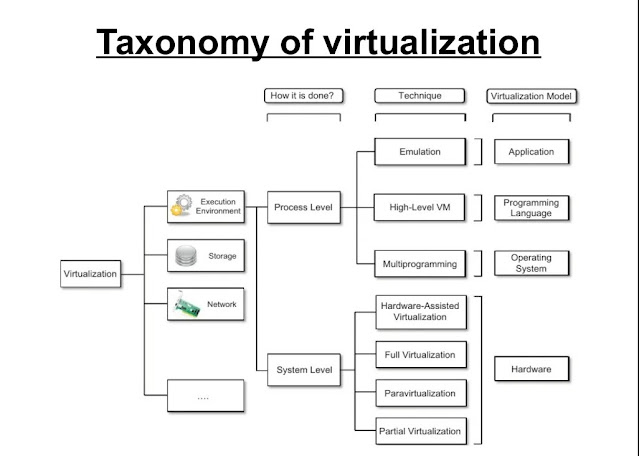Explain option for disaster recovery in the cloud.
OPTIONS FOR DISASTER RECOVERY IN THE CLOUD
Managed Applications And Managed Dr
A growing trend is to deploy both primary production and disaster recovery instances in the cloud and have them maintained by a managed service provider (MSP). By doing so, you gain all of the benefits of cloud computing, including usage-based pricing and the elimination of on-premises equipment. Instead of performing it yourself, you outsource disaster recovery to a cloud or managed service provider. The selection of a service provider and the process of drafting suitable service-level agreements (SLAs) are critical. By entrusting control to the service provider, you must be assured that it will supply uninterrupted service within the stated SLAs for both primary and DR instances. For email and certain other business applications, such as customer relationship management (CRM), where Salesforce.com has been a pioneer and is now leading the cloud-based CRM industry, a pure cloud approach is becoming increasingly attractive.
Backup to and Restore from the Cloud
In this strategy, applications and data stay on-premises, with data backed up to the cloud and restored to on-premises hardware in the event of a disaster. In other words, cloud backups take the place of tape based off-site backups. When it comes to cloud backup and recovery, it's critical to grasp both the backup and the more difficult restore elements. Backing up to the cloud is simple, and backup software makers have been expanding their backup suites to include options for directly backing up to prominent cloud service providers such as AT&T, Amazon, Microsoft, and Rackspace.
The recovery process is the most difficult component of employing cloud-based backups for disaster recovery. With limited bandwidth and potentially terabytes of data to be recovered, getting data restored on-premises within stipulated RTOs might be difficult. Some cloud backup service providers allow customers to restore data on disks, which are subsequently delivered to the client for local on-premises recovery. A big on-premises cache of recent backups that may be utilized for local restoration is another possibility. However, depending on the data to be recovered, characteristics like compression and, more critically, data deduplication might enable restorations from cloud data to on-premises infrastructure a realistic alternative.
Back up to and Restore to the cloud
Data is not restored to on-premises infrastructure in this technique; rather, it is restored to virtual computers in the cloud. This necessitates the use of cloud storage as well as cloud computational resources, such as Amazon's Elastic Compute Cloud (EC2). The restoration might be done only when a catastrophe is proclaimed, or it can be done on an ongoing basis. Replication to virtual machines in the cloud.
Replication is the data transportation solution of choice for applications that require aggressive recovery time and recovery point goals (RPOs), as well as application awareness. Cloud virtual machine replication may be used to safeguard both cloud and on-premises production instances.
.png)



Comments
Post a Comment